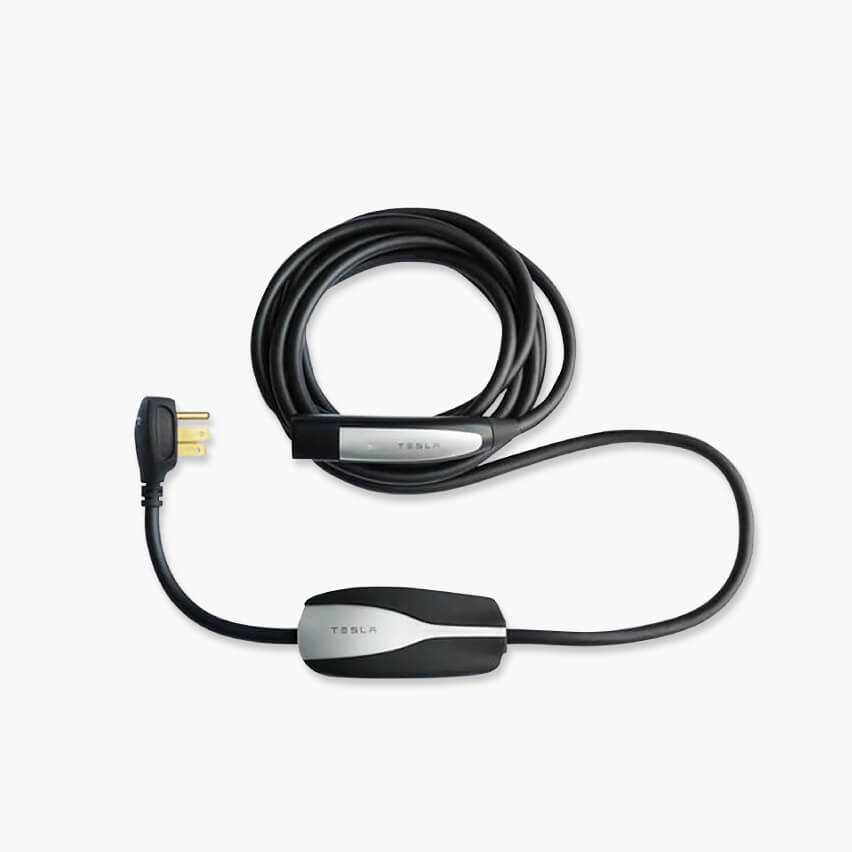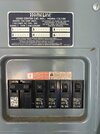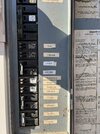Need advice on whether I should go with a NEMA 14-50 or directly a WC. I live in the bay area, made a few quotes with the tesla recommended electrician and they came back from $1600 to $3000 (pretty crazy), with a permit.
Here's my situation:
1. The subpanel in the detached garage is not strong enough (30 amp, I think), so all of the electricians suggest installing a new wire directly from the main panel and running across the house (~70 ft).
2. Install/upgrade the 40amp circuit breaker in the main panel
3. NEMA plug with exterior rainproof enclosure.
Do you think approx. $2000 is a fair quote for this project? Should I just go directly with a Wall Charger instead? (Probably saving $ from the NEMA outlet, enclosure, and Mobile Connector)
Here's my situation:
1. The subpanel in the detached garage is not strong enough (30 amp, I think), so all of the electricians suggest installing a new wire directly from the main panel and running across the house (~70 ft).
2. Install/upgrade the 40amp circuit breaker in the main panel
3. NEMA plug with exterior rainproof enclosure.
Do you think approx. $2000 is a fair quote for this project? Should I just go directly with a Wall Charger instead? (Probably saving $ from the NEMA outlet, enclosure, and Mobile Connector)





